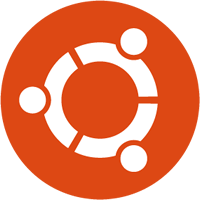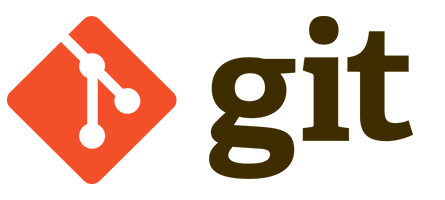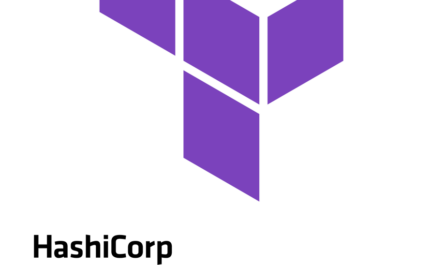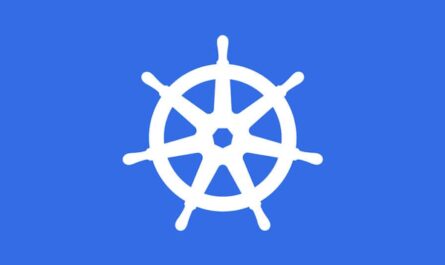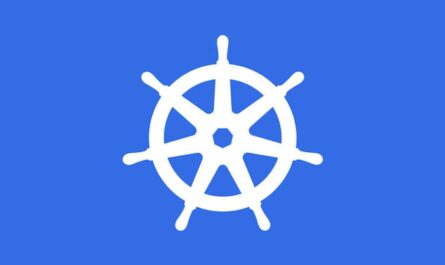Git is an essential tool for developers, enabling version control, collaboration, and efficient code management. Whether you are a beginner or an experienced developer, mastering Git can significantly improve your workflow. In this guide, we’ll explore Git’s fundamentals, common commands, and best practices to help you get started.
What is Git?
Git is a distributed version control system that helps developers track changes in their code, collaborate with others, and revert to previous versions when needed. Created by Linus Torvalds in 2005, Git has become the industry standard for managing source code.
Why Use Git?
- Version Control: Keep track of code changes and maintain a history of modifications.
- Collaboration: Work seamlessly with other developers using branches and pull requests.
- Backup & Recovery: Restore previous versions of code if something goes wrong.
- Efficient Workflow: Automate development processes with CI/CD pipelines.
Installing Git
To get started, install Git on your machine:
Windows:
Download and install Git from git-scm.com.
macOS:
brew install git
Linux:
sudo apt install git # Debian-based systems
sudo yum install git # RHEL-based systems
Verify the installation:
git --version
Basic Git Workflow
1. Configure Git
Before using Git, set up your username and email:
git config --global user.name "Your Name"
git config --global user.email "your.email@example.com"
2. Initialize a Repository
To start tracking files in a project, initialize a new Git repository:
git init
3. Clone a Repository
To work on an existing project, clone a repository from GitHub:
git clone https://github.com/username/repository.git
4. Make Changes and Commit
Edit your files and add them to the staging area:
git add .
Commit your changes with a message:
git commit -m "Initial commit"
5. Push to Remote Repository
To save your changes to a remote repository (like GitHub or GitLab):
git push origin main
6. Pull Changes
To fetch and merge changes from the remote repository:
git pull origin main
7. Branching and Merging
Create a new branch:
git checkout -b feature-branch
Merge the branch into the main branch:
git checkout main
git merge feature-branch
Best Practices for Git
- Use Meaningful Commit Messages: Clearly describe what changes were made.
- Commit Often: Small, frequent commits help in tracking changes effectively.
- Use Branches: Work on features or fixes in separate branches before merging.
- Pull Before Pushing: Always fetch the latest changes to avoid conflicts.
- Avoid Committing Secrets: Do not store passwords or API keys in Git.
Conclusion
Git is a powerful tool that enhances collaboration, maintains code integrity, and optimizes development workflows. By following best practices and using Git commands effectively, you can streamline your coding process and contribute efficiently to projects. Start practicing Git today and elevate your development skills!

